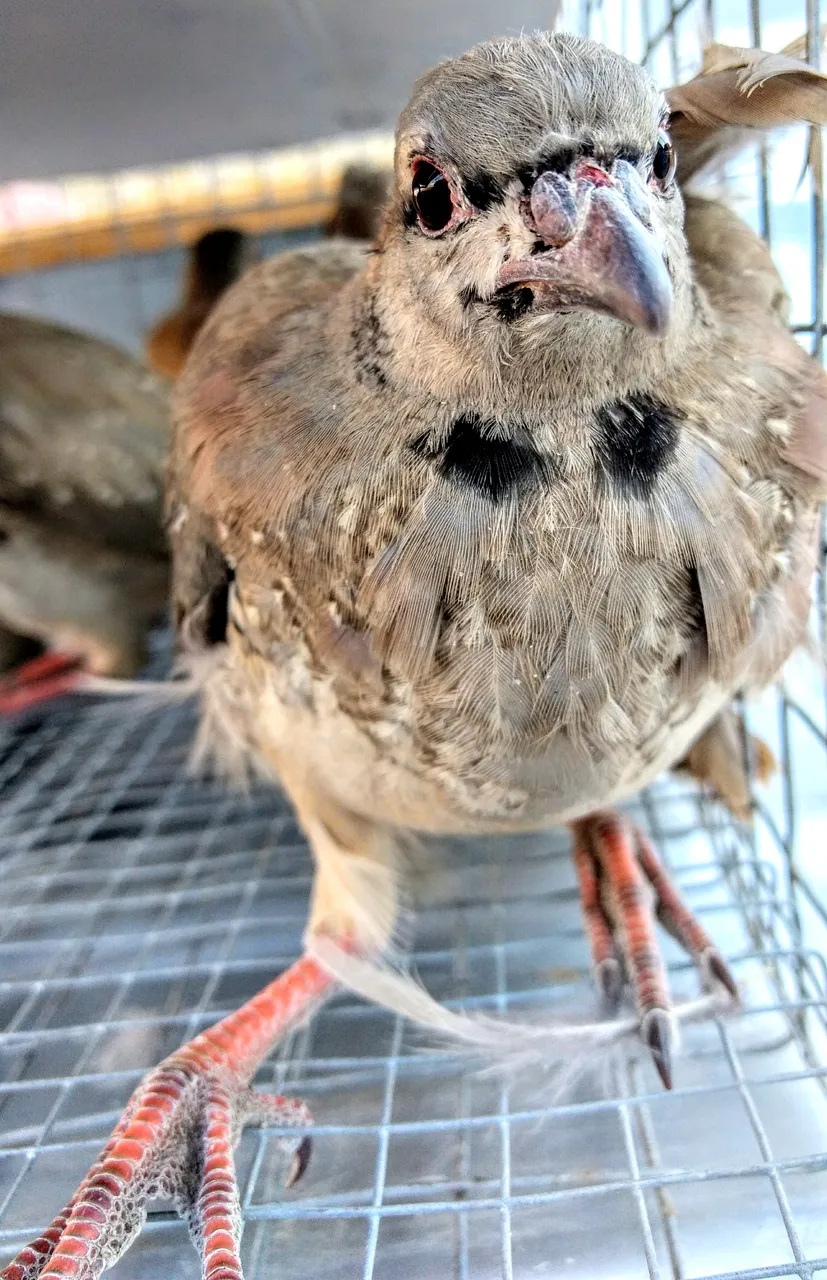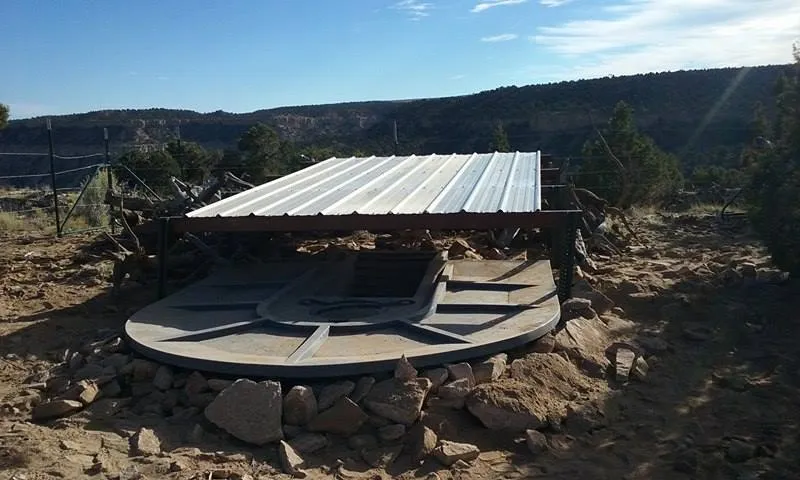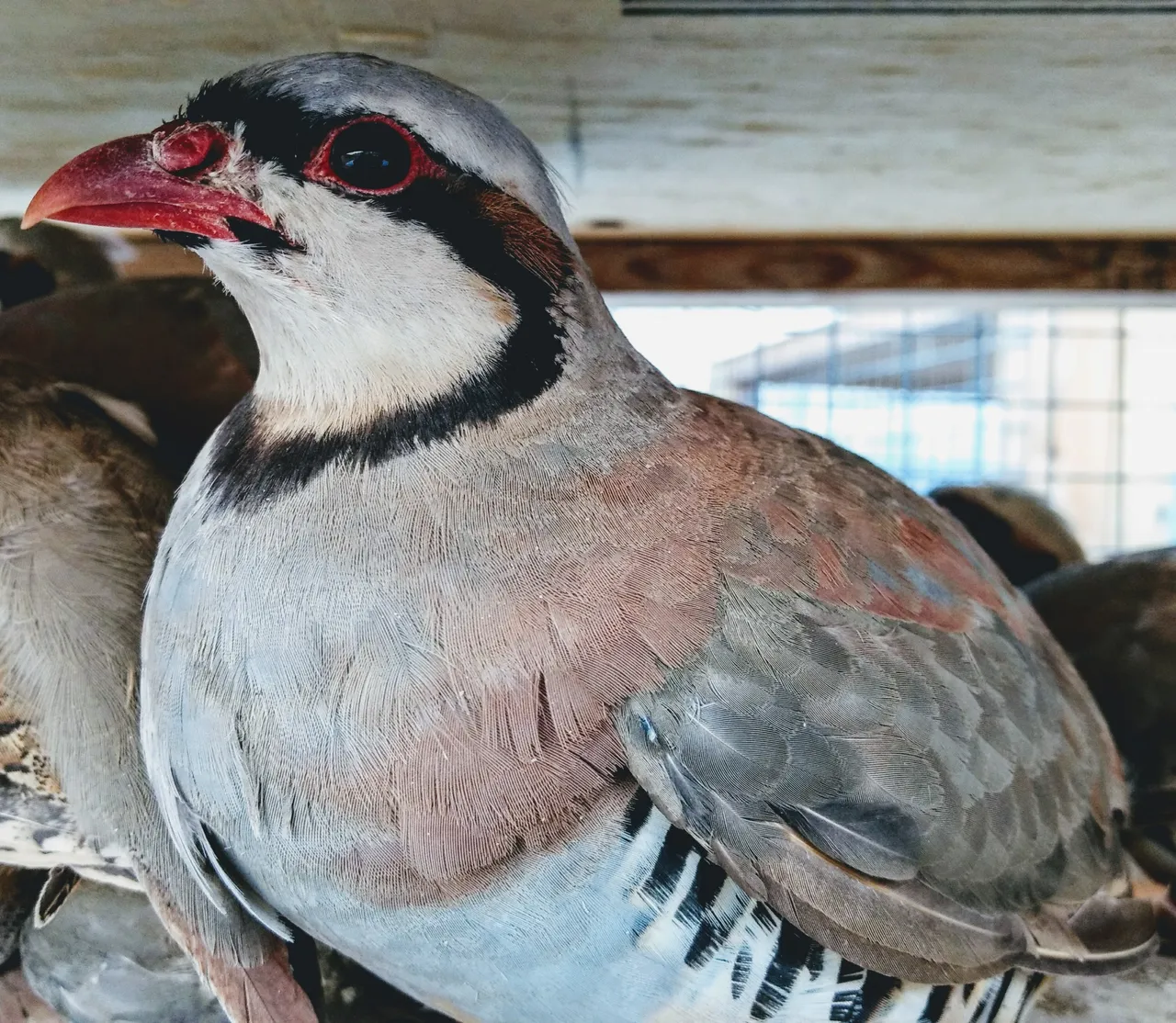I am back in service after a week of work out on the desert south of Delta Utah. What's out there you may ask? It appears to be such a desolate place covered in dirt and cheat grass. What could possibly survive in such an ecosystem?
 Juvenile Chukar
Juvenile Chukar
When you look a little deeper you realize these hills are full of life. Even with temps in the summer well over 100 degrees daily. It is apparent that the limiting factor out there is water. In fact, many ecosystems could support more life if water were not a limitation.
How do we increase diversity and population densities where there isn't enough precipitation to support large populations? We construct guzzlers! Although, I was not constructing guzzlers this week, they played a huge role in my work.
First things first, what in the world is a guzzler? It is a man made tank that captures water with a large apron when it rains or snows. The water then drains into the tank and is held over to provide available drinking water for wildlife all year long. There are many different guzzler designs which allow or exclude certain species from using them. They can be incredibly beneficial for some species in many areas, but not in all cases.
This is worthy of a side jaunt to explain. If a guzzler is designed for big game such as elk and deer to use, it can be beneficial if located on their summer range. It is placed on there winter range it can have huge negative impacts. Putting water in an area that deer should move off of during the summer can allow them to stay there, which in turn means they are using up all the forage. If they consume enough forage that would normally be left untouched til winter time, there may not be enough left to support the population through the winter months. In areas like this, upland game may still benefit from guzzlers because they remain in the same place all year long. This means guzzlers must be designed only to allow the right species access, which is exactly what we do!
 A guzzler I installed last year which Chukars were released at!
A guzzler I installed last year which Chukars were released at!
South of Delta we have numerous guzzlers designed solely for upland game and bird species ( there are some also designed for big game as well). Prior to installation, the Crickets mountain range had some Chukars, but not large populations. Now populations are doing so well we are able to trap birds off the range and translocate them to supplement populations that are struggling across the state or introduce chukars into new areas that previously were only lacking water. This is where my work comes in!
 Adult Chukar.
Adult Chukar.
This week we set up traps on the guzzlers to trap Chukars so we could move them into areas that have recently benefitted from new guzzlers ( many of which I helped construct over the last 2 years) in another region of the state. We set traps the first day. Every morning and every evening we split into groups and checked traps. Some traps never had a single bird in it, while others had up to 25 caught in one setting. I must admit, the most my traps caught at time was 9 birds. Occasionally we caught a mourning dove, which were always immediately released.
 One of my Co-workers with a few of the birds we trapped.
One of my Co-workers with a few of the birds we trapped.
Our efforts rewarded us with over 80 birds. Add to that an additional 50 pen raised birds and we were set to release birds on a few new guzzlers. Trail cameras have been set up at the new locations to track success, so now we wait to find out how successful we are.
As always, thanks for reading. I hope you found this interesting and informative!